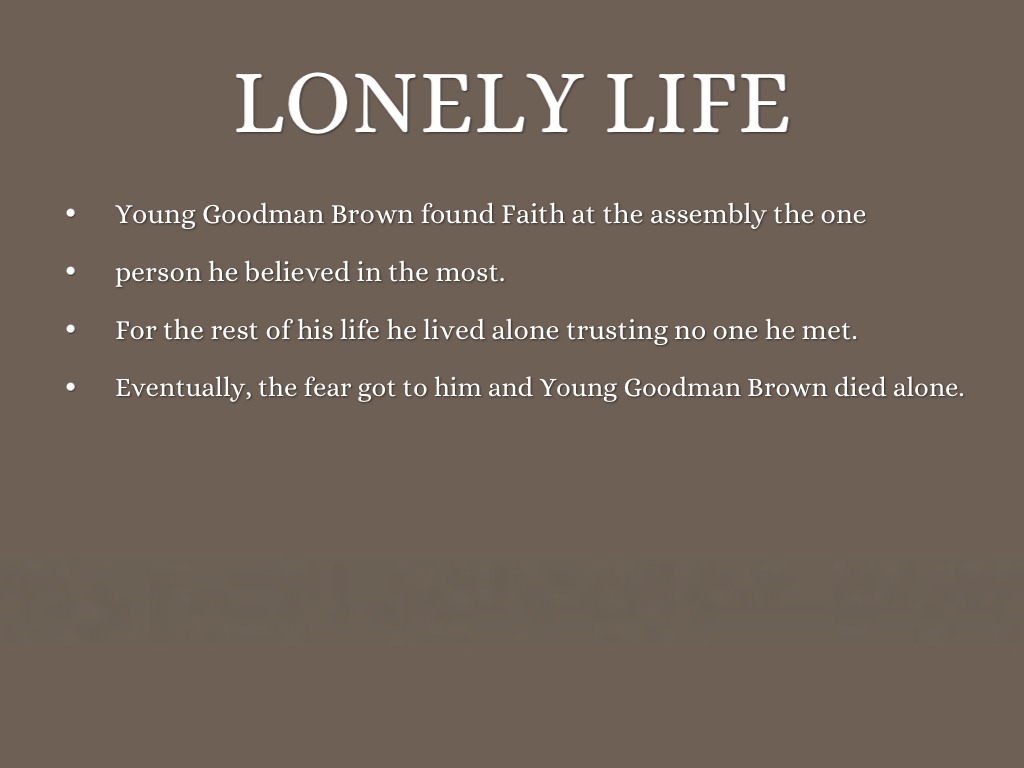Have you ever come across the term "dry begging" and wondered what it actually means? In this article, we will explore the concept of dry begging, its implications, and examples of how it manifests in society. So, let's delve into the world of dry begging and unravel its complexities.
Dry begging, also known as silent begging, is a form of begging where individuals ask for help or money without explicitly stating their needs. Instead of directly asking for assistance, dry beggars rely on non-verbal cues, such as holding out a cup or a sign, to convey their plea for help. This form of begging often leaves the onlookers feeling uncomfortable and unsure of how to respond.
Understanding the dynamics of dry begging is essential in order to address the root causes and support individuals in need without perpetuating the cycle of dependency. By shedding light on the concept of dry begging, we can gain insight into the challenges faced by those resorting to this method of seeking assistance.
What are the Subtle Signs of Dry Begging?
When it comes to identifying instances of dry begging, it's important to be observant of the subtle signs that individuals may display. Some common indicators of dry begging include:
- Extended hand gestures without verbal communication
- Displaying a sign with a plea for help or money
- Approaching individuals with a somber expression
- Hovering near crowded areas without initiating direct interaction
How Does Dry Begging Impact Society?
The prevalence of dry begging raises important questions about the societal factors that contribute to this phenomenon. By examining the impact of dry begging on both individuals and communities, we can gain a deeper understanding of the underlying issues at play. Some pertinent questions to consider include:
- What societal barriers lead individuals to resort to dry begging?
- How does the perception of dry begging influence public response?
- What support systems are in place to address the needs of those engaging in dry begging?
Can Empathy Help Address the Issue of Dry Begging?
Empathy plays a crucial role in addressing the issue of dry begging and fostering a more compassionate society. By cultivating empathy, individuals can better understand the challenges faced by those who engage in dry begging and work towards creating meaningful solutions. Some key considerations to explore include:
- How can empathy shape our response to instances of dry begging?
- What initiatives can be implemented to provide support to individuals at risk of resorting to dry begging?
- In what ways can communities come together to address the underlying causes of dry begging?
Examples of Dry Begging in Different Cultural Contexts
Exploring examples of dry begging across diverse cultural contexts can offer valuable insights into the various forms it may take. By examining these examples, we can gain a more comprehensive understanding of the complexities surrounding dry begging and its impact on different communities.
How Can We Address the Root Causes of Dry Begging?
Addressing the root causes of dry begging requires a multi-faceted approach that takes into account the complex interplay of social, economic, and psychological factors. By devising strategies to address these underlying causes, we can create a more supportive environment for individuals at risk of engaging in dry begging.
As we navigate the intricacies of dry begging, it becomes evident that a deeper understanding of this phenomenon is crucial in order to create meaningful change. By acknowledging the presence of dry begging and actively working towards solutions, we can move towards a more empathetic and supportive society that addresses the needs of all its members.
Jude Bellingham Mother Biography: The Untold Story
Has Simon Cowell Got A Disabled Son?
Sean Penn Illness: Exploring The Health Concerns Of The Hollywood Star

This is the prime example of dry begging r/BettyRageSnark

Dry Begging LetterPile

Young Goodman Brown by Rahssan Hurdle